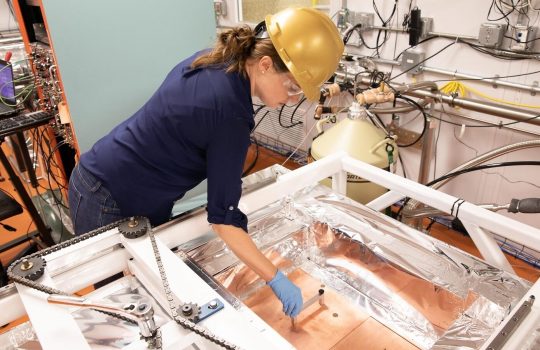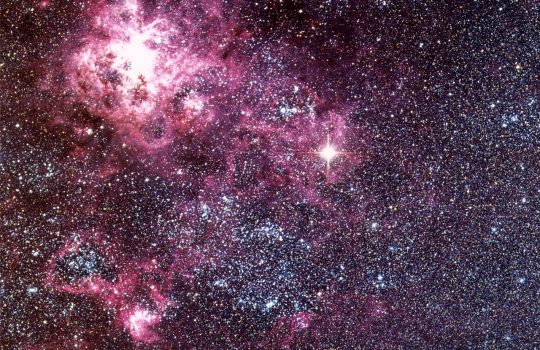New research sheds light on neutrino-nucleus interactions
From Sci News, Oct. 2, 2020: A research team from four national laboratories, including Fermilab and Argonne, have undertaken work at two Fermilab neutrino experiments — MiniBooNE and NOvA — to construct a model of how neutrinos interact with atomic nuclei. This knowledge is essential to unravel an even bigger mystery: why during their journey through space or matter neutrinos magically morph from one into another of three possible types or flavors.




